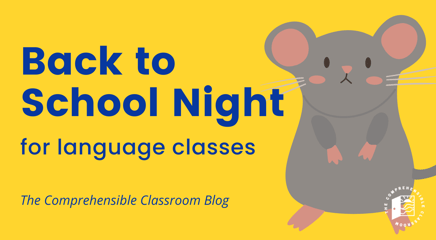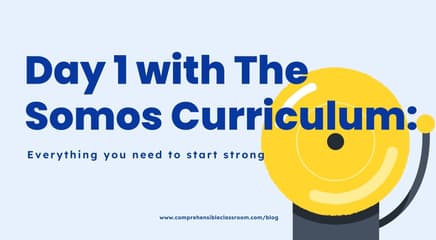Did you know that children in Bolivia can live in jail with their imprisoned parents? How's THAT for a hook??
I am slowly but surely working on filling in the blank places on my Spanish 1 curriculum map. To create my Spanish 1 curriculum, I pulled vocabulary from the novels I wanted to read at the end of Spanish 1A (Agentes Secretos y el Mural de Picasso by Mira Canion) and the beginning of Spanish 1B (Esperanza by Carol Gaab) since the authors have already done the hard work of researching Spanish high frequency structures and writing the novels to intentionally provide repetitions of those structures. As the teacher, all I needed to do was read the novels and scan the word lists in the back to create my word list for Spanish 1. Easy peasy! (To find novels for your language and level so that you can backward plan like I did, check out the Wayside Publishing readers.)
After I decided what structures I wanted to teach, I started grouping them together and forming sets of three structures in order to build units. I had to keep in mind which structures needed to be taught first (the highest frequency structures), which structures fit together to form interesting stories, and what could be used together to discuss a cultural topic. After I had formed sets of structures, I wrote a Matava-style story script for each set. Because writing stories is not always easy, I pulled stories from other blogs and websites and adapted them as needed to match the structures that I had planned to teach.
The final step, and the one that takes me for.ev.er. to polish and post is flushing out the unit by adding a cultural focus. Most of the time, it isn't too difficult to find a cultural topic that we can explore using the target structures. A quick google search of the structures grouped together will give you some ideas, and Pinterest is great for other. Occasionally, I have to do headstands and squint my eyes and eat pickles and ice cream and grapefruit for seven days before I have an ah-ha moment. Thankfully, that has only happened two or three times :) Once I have the cultural topic, I create a cultural reading that I use as a reading assessment and a slew of follow-up activities to explore the topic more in-depth. This takes a significant amount of time to create, but it takes an exceptionally large amount of time to perfect and explain in typed-out lesson plans, so that's why my curriculum map page is still not complete. But I'm getting there!
This weekend, I uploaded the complete plans for the cultural unit that fills out the El niño desobediente storytelling unit (click here for the script and click here to download the complete plans). In this unit, I used the target structures (the child listens to, what s/he does, you should) to talk about Los niños prisioneros de Bolivia. I love it because it elicits strong emotions from students, and they become so focused on the content that they forget that we are learning language! And isn't that always the goal?! 




